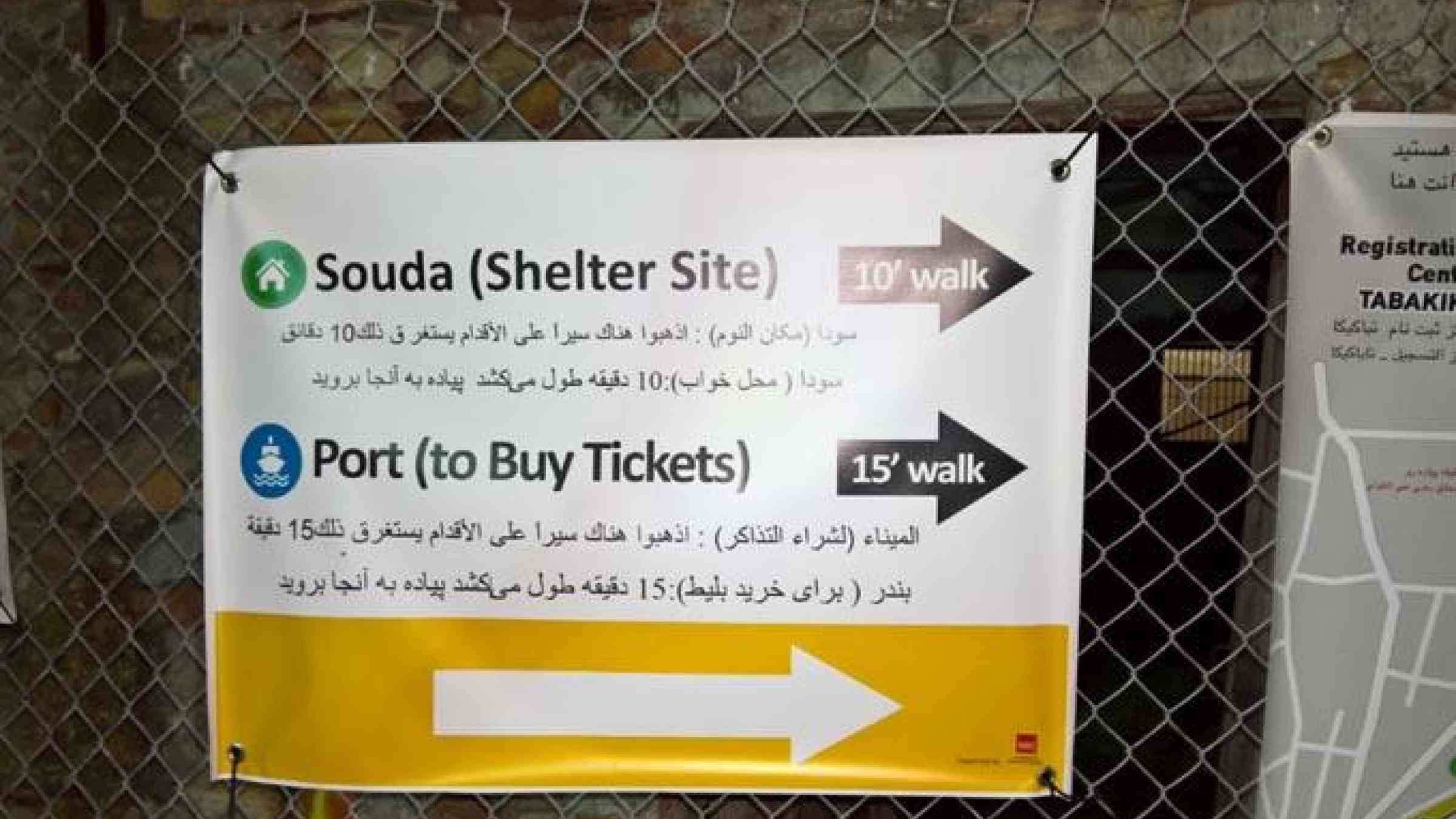Tech tools break down language barriers in emergencies

In the face of an earthquake or cyclone, what would you do first? Most people, I imagine, would rush to a place of safety, find out what was going on, and make contact with their families. But what if you didn’t know the language of those around you or understand emergency bulletins broadcast or appearing on billboards, television and mobile screens?
This is what happens to many of the world’s 60 million people displaced living in countries prone to environmental disasters or conflict, as well as for local people who do not speak the language of government and public broadcasts.
When crises strike, it’s not just the emergency itself that affects people: actually understanding what is going on and where to get help is a challenge.
The breakdown in communication between aid workers and affected people following the Haiti earthquake of 2010 prompted the global translation NGO Translators Without Borders to form their ‘Words of Relief’ crisis project. The team have spent the past two years analysing the information needs of people in crises, designing tech-based tools to aid communication, and training up internet translation engines to recognise more obscure languages like Nepali, Dari and Pashto.
Their deputy director, Rebecca Petras, tells us more in this interview.